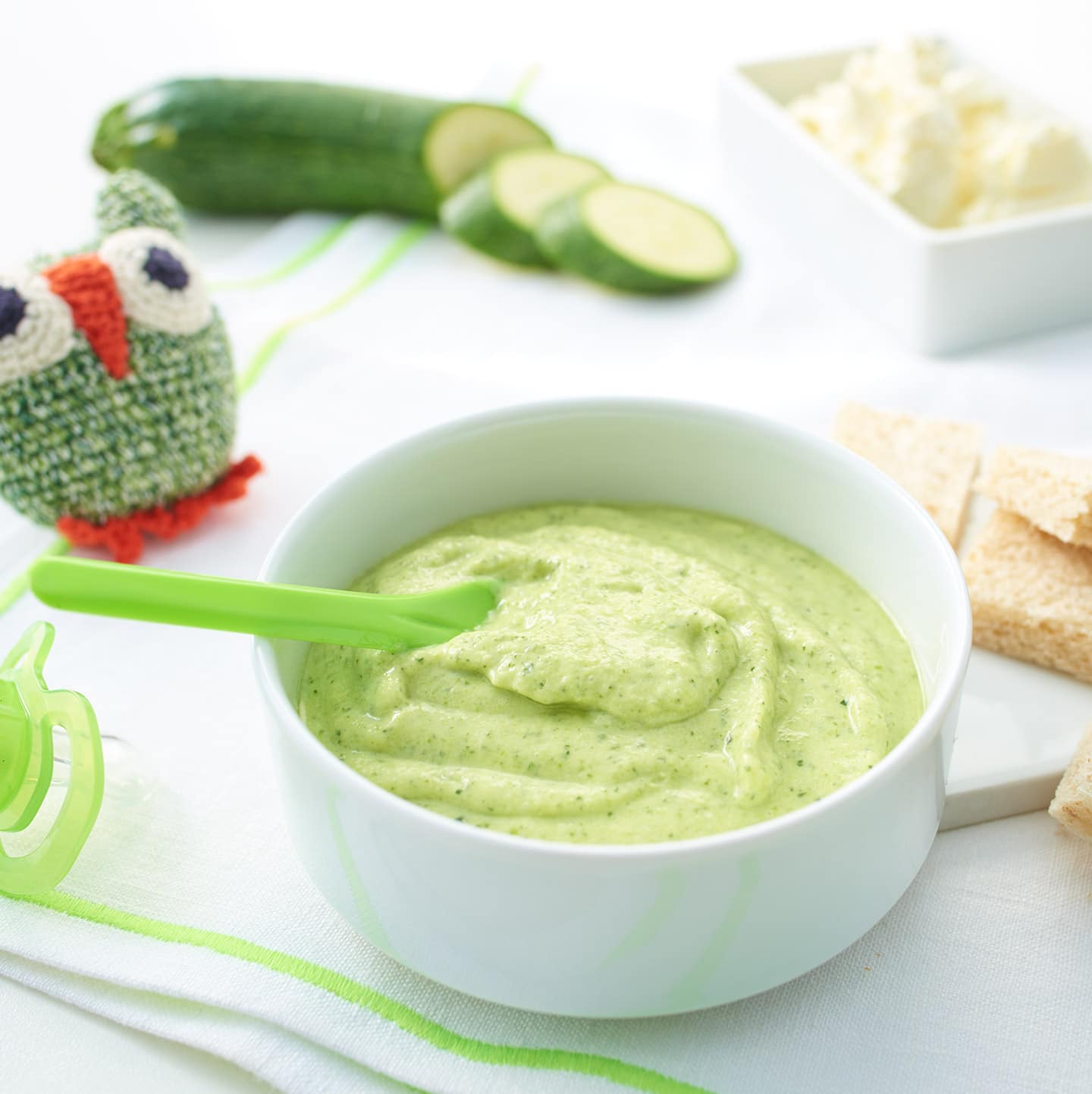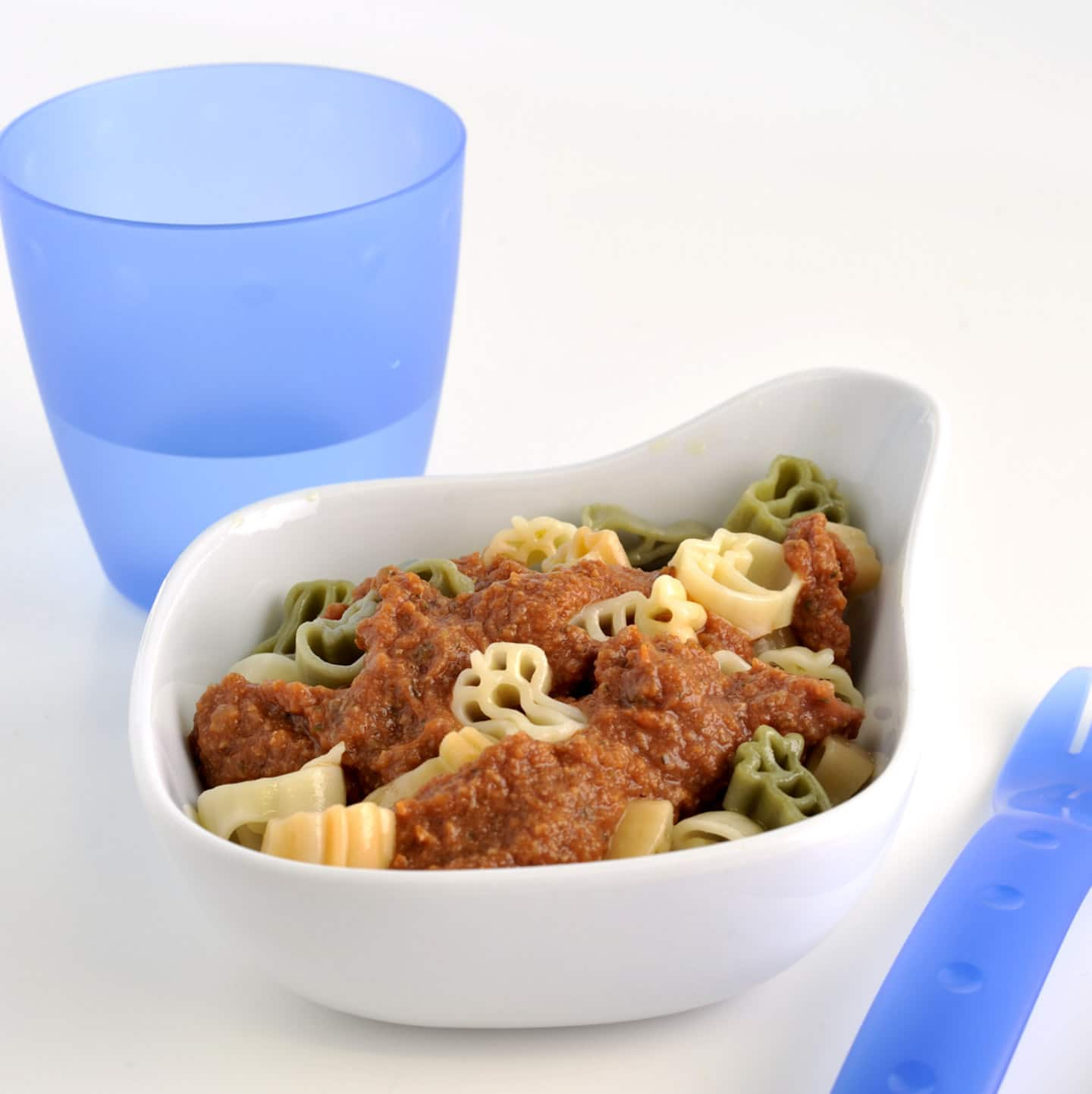Favourite foods
Between 9 and 12 months, your baby is likely to have developed a few favourite foods and may also have started to feed unaided. Smooth purées are likely to be less popular now.

Transitioning to self-feeding
You may also notice that your baby starts refusing to eat, becoming interested in the exciting world around it. This may coincide with a refusal to be spoon-fed. While this can be challenging, be patient—it is a positive stage of development and a step towards your baby enjoying the same foods as the rest of the family.

Expanding your baby's palate
As the months pass, you should continue to broaden your baby’s palate with new tastes. Vegetables and hard fruit should all be well cooked and cut into sticks or roughly blended using your Braun MultiQuick hand blender on a low speed. Meats should also be given cooked and roughly puréed or finely chopped.

Boosting baby's nutrition
Around 12 months, a small amount of harder cheese such as cheddar can be given as finger food as it is rich in protein, packed with calcium for healthy teeth and bones and offers plenty of energy-giving fat to use at this age. Whole eggs (which should be well cooked) can also be included and are full of protein and essential vitamins.











